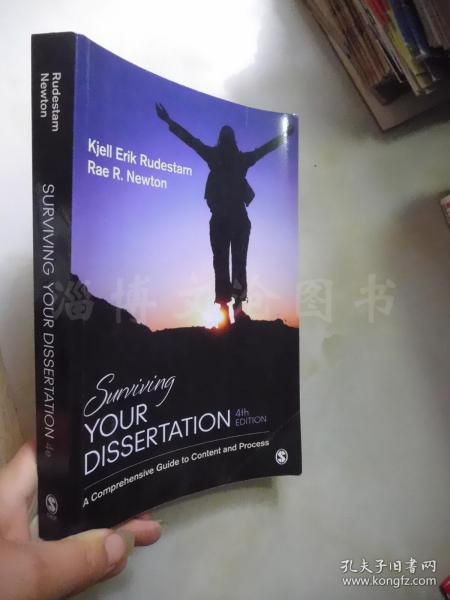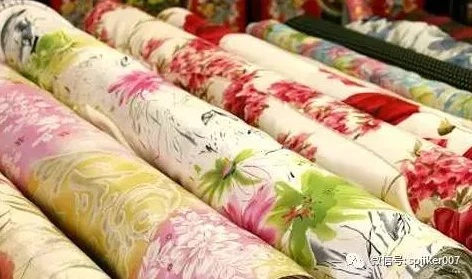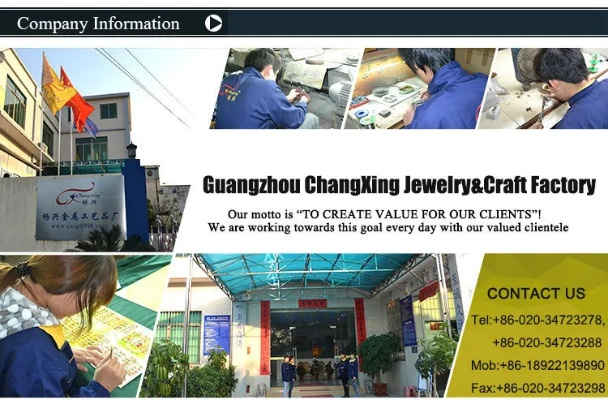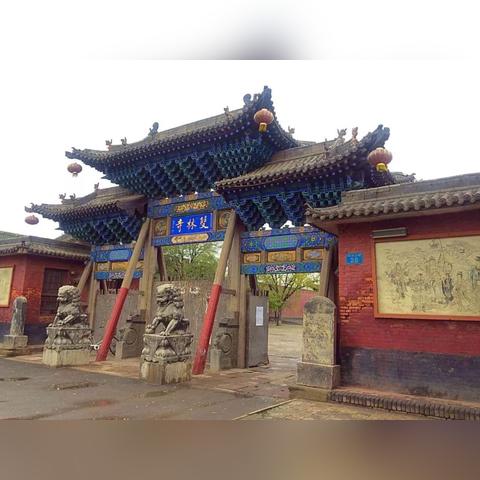A Comprehensive Guide to Textile Testing
This paper aims to provide a comprehensive guide on textile testing. Textiles are an essential part of daily life and their quality directly affects the user's comfort and health. Therefore, it is necessary to test textiles for various factors such as color, strength, durability, etc. The following is a brief introduction to these aspects of textile testing:,1. Color Testing: This includes color consistency, color fastness, hue, chroma, and brightness. These tests help determine the quality of the textile product.,2. Strength Testing: This involves testing the strength of the textile product by measuring its breaking strength, tear strength, and burst strength.,3. Durability Testing: This includes tests to determine how well the textile resists wear and tear, such as abrasion, washing, and drying.,4. Moisture Absorption Testing: This is used to measure how quickly a textile absorbs water when wet.,5. Shrinkage Testing: This test measures how much a textile shrinks when washed and dried.,6. Flammability Testing: This involves determining how easily a textile catches fire.,7. Ecological Testing: This includes tests to determine whether a textile has harmful chemicals that can harm human health.,In summary, this paper provides a thorough guide on textile testing to ensure the safety and quality of textile products.

In the ever-evolving world of textile industry, ensuring quality control and product reliability is paramount. The comprehensive guide provided here outlines a range of tests that can be conducted on textile products to guarantee their durability, performance, and safety. This guide aims to provide an in-depth understanding of the various methods used for textile testing, including but not limited to tensile strength, color fastness, water resistance, and more. Let us delve into each of these tests in detail.
Tensile Testing
Tensile testing involves measuring the force required to stretch a sample of textile material. This test evaluates how well the fabric can withstand tension, indicating its resilience and potential tearing. In simple terms, the higher the stress (force per unit area) required to extend the sample, the better the material's strength. Tensile strength is measured using standardized equipment, such as tensile tester machines, which exert increasing forces until the fabric breaks.
| Test Parameter | Description | Example |
|---|---|---|
| Stress Level | Force applied per unit area of the specimen | 10 N/mm² |
| Elongation | Percentage increase in length after breaking | 25% |
| Breaking Force | The maximum force required to break the sample before it tears | 40 N |
Color Fastness Testing
Color fastness testing assesses how well dyes and pigments are retained in textile fabrics over time and under different environmental conditions. This is crucial for garments, especially those intended for outdoor wear, where color fades can quickly become noticeable. Color fastness is typically evaluated according to the ASTM D4096 standard.
| Test Parameter | Description | Example |
|---|---|---|
| Lightfastness | How resistant a fabric is to light fading | 5-star rating |
| Waterfastness | How resistant a fabric is to water-based staining | 5-star rating |
| Oxygen Permeability | How easily oxygen can pass through the fabric | 3-star rating |
Water Resistance Testing
This test measures how much moisture a textile fabric can retain before experiencing deterioration or degradation. It is particularly crucial for sportswear, as sweat and perspiration can significantly reduce comfort and performance. Water absorption is typically determined using ASTM D570 standard.
| Test Parameter | Description | Example |
|---|---|---|
| Absorbency Rate | Measured in percentage by weight of absorbed water per unit area of fabric | 20% |
| Moisture Recovery | Measured after soaking in water, then drying and weighing to determine the amount lost in moisture | >85% |
Other Tests Included:
Beyond these primary tests, there are other important tests to consider when evaluating textile materials, such as:
- Crease Release Testing (CRT): Assesses how well a fabric resists permanent creases formed by clothing being worn.
- Cryptochrome Testing: Determines if a fabric can absorb UV light and convert it into heat energy, thus protecting skin from harmful UV rays.
- Flammability Testing: Measures how easily a fabric catches fire, an essential factor for fire-retardant textiles.
Conclusion:
Textile testing is a vital aspect of maintaining product quality and consumer confidence. Through thorough inspection and rigorous testing, textile manufacturers can ensure that their products meet stringent standards for durability, performance, and safety. By implementing this comprehensive guide, you can confidently conduct your own textile testing, ensuring that your products meet the highest quality and safety requirements.
随着纺织行业的快速发展,纺织品的质量和安全性越来越受到人们的关注,为了确保纺织品的质量和性能达到标准,需要进行全面的纺织品检测,本文将详细介绍纺织品检测全套流程,并结合实际案例进行说明。
纺织品检测全套流程
材料准备
在进行纺织品检测之前,需要准备相关的材料和工具,这包括样品、检测设备、标准样品等,还需要对检测人员进行培训,确保他们具备相关的知识和技能。
样品采集与处理

样品采集是纺织品检测的第一步,需要按照一定的标准和规范进行,样品处理包括去除杂质、整理样品等,以确保检测结果的准确性,还需要对样品进行标识和记录,以便后续的追溯和管理。
检测方法选择
根据样品的性质和检测的目的,选择合适的检测方法,常用的检测方法包括纤维成分分析、物理性能测试、化学成分分析等,还需要考虑检测的准确性和可靠性,选择可靠的检测机构和实验室进行合作。
检测过程实施
在检测过程中,需要按照规定的流程和标准进行操作,这包括对检测设备进行校准和标定、对样品进行测试和分析等,还需要对检测结果进行记录和分析,以便后续的质量控制和改进。
结果分析与报告
检测结果分析与报告是纺织品检测的重要环节,通过对检测结果进行分析和解读,可以了解样品的性质和性能,以及存在的问题和不足,还需要根据检测结果制定相应的质量控制措施和改进方案,以确保纺织品的质量和性能达到标准。
实际案例说明
以某纺织公司的纺织品检测为例,说明纺织品检测全套流程的实际应用,该公司为了确保纺织品的质量和性能达到标准,进行了全面的纺织品检测,具体流程如下:
-
材料准备:该公司准备了相关的样品、检测设备、标准样品等,并对检测人员进行培训。
-
样品采集与处理:该公司按照标准和规范采集了样品,并对样品进行了整理和处理,该公司选择了可靠的检测机构和实验室进行合作,以确保检测结果的准确性和可靠性。
-
检测方法选择:该公司选择了纤维成分分析、物理性能测试等方法对样品进行检测,根据样品的性质和检测的目的,选择了合适的检测方法和标准样品。
-
检测过程实施:在该公司的实验室中,检测人员按照规定的流程和标准进行操作,他们使用专业的检测设备对样品进行了测试和分析,并记录了相关的检测结果,该公司还根据检测结果制定了相应的质量控制措施和改进方案,以确保纺织品的质量和性能达到标准。
通过该公司的实际案例,可以看出纺织品检测全套流程的实际应用效果,通过全面的纺织品检测,可以了解样品的性质和性能,以及存在的问题和不足,从而制定相应的质量控制措施和改进方案,以确保纺织品的质量和性能达到更高的标准,该公司的成功经验也可以为其他纺织企业提供参考和借鉴。
纺织品检测全套流程是确保纺织品质量的重要环节,通过准备相关材料、样品采集与处理、选择合适的检测方法、实施检测过程以及结果分析与报告等步骤,可以全面了解样品的性质和性能,以及存在的问题和不足,在实际应用中,需要选择可靠的检测机构和实验室进行合作,以确保检测结果的准确性和可靠性,还需要制定相应的质量控制措施和改进方案,以确保纺织品的质量和性能达到更高的标准。
Articles related to the knowledge points of this article:
Market Capacity of Specialty Textiles in Global Economy
Strategies and Insights in Teaching Fashion Designing for Textile Materials
The Essential Guide to Textile Weight Measurement
Expanding the Canvas of Fashion:The Multi-Stamp Technique in Textiles



